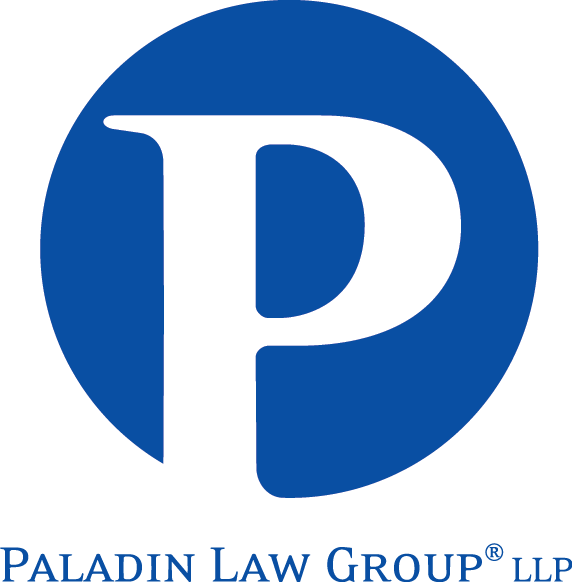San Diego Water Board Issues Updated Permit for Municipal Storm Sewer Systems
- July 2, 2013
- Paladin Law Group® LLP
- Publications
- 0 Comments
By Jon G. Lycett
You may have heard the buzz recently about new storm water rules and wondered what it was all about. Here is some information to help you analyze the impact these new rules may have on your business.
On May 8, 2013, the San Diego Regional Water Quality Control Board (the “Regional Board”) adopted an updated and revised permit for municipal storm sewer systems. The new permit sets significant new rules in a far-reaching attempt to keep pollution from getting into the region’s storm sewers and, from there, into the region’s water bodies. The Regional Board is a local branch of the state agency that is responsible for enforcing water pollution laws, such as the federal Clean Water Act and similar state laws. The San Diego Region includes all of San Diego County and portions of southern Orange and Riverside counties, so the new permit rules will apply to all of that area.
The updated permit applies to “Municipal Separate Storm Sewer Systems,” which have been nicknamed “MS4s.” Virtually every city in the region operates an MS4, so the chances are good that your city is subject to the new rules. Cities throughout California have operated their MS4s through this kind of Regional Board permit for decades, and those permits have been periodically updated and revised several times. This update is different, though, because the Regional Board has adopted a new approach to regulating pollution from storm sewers. According to the Regional Board, the new approach is designed to focus attention on the improvement of regional water quality, as opposed to merely the completion of specific pollution prevention actions. Nonetheless, the updated permit requires a number of specific actions that have generated significant criticism and controversy.
The updated permit divides the region into 10 “Watershed Management Areas.” Cities that operate an MS4 within each Watershed Management Area are required to cooperate to produce a “Water Quality Improvement Plan.” The Water Quality Improvement Plans are designed to allow the cities within each Watershed Management Area to determine the impact discharges from their MS4s are having on Area water bodies, determine the sources of pollutants that are causing those impacts, and prioritize their water quality improvement efforts accordingly
Watershed Management Area cities are not free to draft their plans in any way they choose. Each Water Quality Improvement Plan must meet specific requirements, including the identification of improvement goals along with strategies and schedules for achieving them. The Plans must also set numeric action levels on discharges from MS4s. And a procedure must be established for periodically updating and revising the Plans as circumstances change.
Along with participating in the development of a Water Quality Improvement Plan, the updated permit requires each city to update and revise its Runoff Management Program in accordance with the priorities and goals set by the Plans. If accordance with the Water Quality Improvement Plans were all that the new permit required, perhaps there would not be so much controversy. The updated permit, however, includes significant specific requirements for updated Runoff Management Programs that are designed to “effectively prohibit non-storm water discharges to the MS4 and reduce the discharge of pollutants in storm water to the [maximum extent practicable].” Among the more controversial of these specific requirements are the complete elimination of landscape irrigation runoff and a mandate that certain new development projects return runoff conditions to within 10% of the site’s estimated pre-development (as opposed to merely pre-project) state. The updated permit also requires cities to increase and improve their enforcement efforts in compliance with specific requirements.
These revised Runoff Management Programs are where the impact from these new rules happens for your business, and even at home. Once the revised Runoff Management Programs take effect, cities throughout the region will be engaged in enforcing significant new pollution prevention requirements. A few of the most likely impacts will be the following:
- Commercial, Industrial and Residential properties throughout the region will be required to modify their landscaping and landscape irrigation methods to completely eliminate irrigation runoff;
- Many properties and businesses will be required to retrofit their storm water pollution control efforts to meet new requirements; and
- New construction projects will face significant new permitting hurdles designed to improve storm water pollution prevention efforts. New requirements will impact the design of new construction projects and will require increased pollution prevention efforts during construction. The updated permit does allow for alternative mitigation projects, so that may be worth exploring.
Other impacts may also be significant, depending on the priorities set by the Water Quality Improvement Plans and the actions cities decide upon in response to those priorities.
The cities within each Watershed Management Area are required to submit their Water Quality Improvement Plan within 24 months of June 27, 2013 – the date the updated permit formally takes effect. Each affected city is required to concurrently submit its revised Runoff Management Program. Appeals to the State and possible litigation may delay that timeline. If the new permit stands, the development of Water Quality Improvement Plans and revised Runoff Management Programs is a process that is designed to include substantial public participation. You may want to participate in that process to stay ahead of new requirements being considered, to monitor the possible impacts on you and your business, and to make sure your voice is heard.
To check out the new rules yourself, click here.

Leave a Reply
You must be logged in to post a comment.